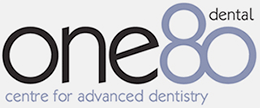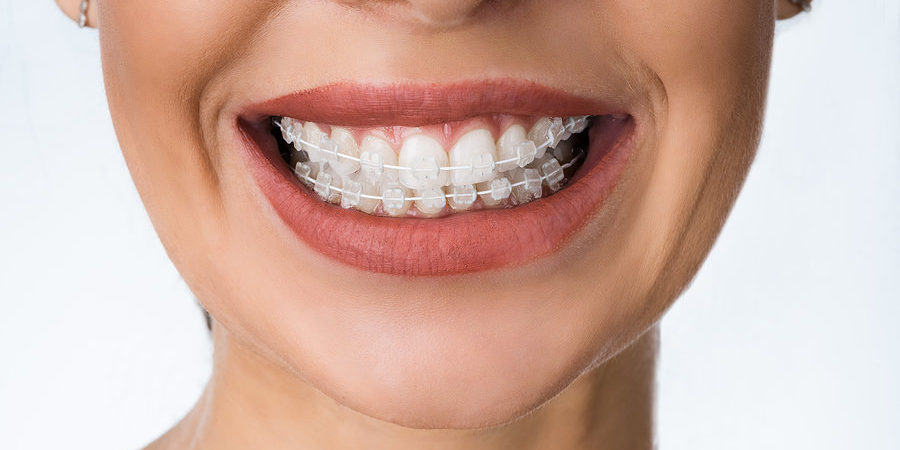Straight and correctly aligned teeth are healthy teeth. But perhaps you’ve been putting off getting braces because of the old ‘metal mouth’ stereotypes. However, braces have come a long way since the obtrusive designs of yesteryear. Today, braces are smaller, lighter and more comfortable than ever before.
In this guide, we’ll be talking about whether there is a perfect age to start orthodontic treatment and why it’s one of the most worthwhile investments you can make for your future health and happiness.

Am I too old for orthodontic treatment?
The optimum time to have braces is during adolescence, as pre-teens and younger teens have most or all of their adult teeth in place by this time. Plus, their softer jawbone tissue is particularly responsive to movement with braces during this time.
Though pre-teen may be the optimum age, it’s possible to have successful orthodontic treatment at any age, providing your oral health is good. In recent years, there has been a significant rise in adults having orthodontic treatment, thanks to the choice of braces available to them.
Today, treatments like Invisalign and ceramic braces are popular because their designs are discreet and more comfortable than older brace models. Invisalign has become globally popular for patients because of its flexibility in their day-to-day lives. Simply take the aligners out to eat and brush as usual every day of the treatment period.
Read more about Invisalign in one of our latest blog posts here.
Discreet braces for teenagers
We offer discreet braces for teens who would benefit from having a less cosmetically invasive brace. Invisalign Teen is the teen version of the classic Invisalign system (as the name suggests) which means it’s free of brackets and wires. As a virtually invisible treatment, Invisalign Teen gives your child the freedom to smile, eat their favourite foods, take selfies and play musical instruments and sports without restraints. As orthodontic treatment can last as long as 18 months, a brace that offers this level of flexibility is a fantastic choice for teenagers.
The benefits of early treatment for children
Bringing your child in to see an orthodontist before they’re in their teens has many benefits, including:
- Reduce overall treatment time: children who start treatment around the age of 12/13 tend to have shorter treatment time as they’re growing more rapidly than in their teens. In some cases, a patient can complete treatment in as little as 12 months, while teens typically spend 12-24 months wearing braces.
- Grow their confidence: it’s natural for children to feel self–conscious when their smile does not look the same as their peers’. Dealing with imperfections with your child’s smile early on will help develop their confidence as they get older.
- Set them on the path to healthy teeth: once your child’s teeth are correctly aligned, they will be easier to clean. This will help instil good habits and allow them to see the benefits of having a good brushing and flossing routine.
- Nip speech problems in the bud: when a child has difficulty speaking, it’s often down to issues with their teeth. Braces can resolve issues like mispronunciation, slurs and lisps so that these do not follow your child into adulthood and impair their self-esteem and confidence speaking to others.
- Cost-effective for parents: treating your child’s teeth earlier will reduce the need for costly restorative procedures in the future.
The benefits of orthodontic treatment for adult patients
Where do we start?! There are so many amazing benefits of getting braces as an adult. Such as fixing spacing, crowding and alignment issues that affect the way your teeth bite together. Orthodontic treatment can:
- Give you teeth that are easier to brush and floss: overlapping and widely spaced teeth can become easily discoloured and make reaching trapped food particles a challenge.
- Make your smile look beautiful: beautifully aligned teeth look symmetrical and uniform, enhancing your whole face.
- Feel more comfortable showing your teeth: when you’re unhappy with the way your teeth look, it can be a daunting prospect to eat, speak and smile in front of people. For many patients, their newly aligned smile means the sense of self-consciousness becomes a thing of the past.
- Reduced risk of injury: protruding teeth are much more susceptible to damage. Contact sports and accidental trips and falls can pose a much greater risk of injury to those who have protruding top or bottom teeth. Having straight teeth will reduce your chances of this and save you from needing emergency or restorative treatment.
- No more pain: a poor bite can lead to teeth grinding, which is widely associated with head and jaw ache. Enjoy a better quality of life post-treatment when this pain is no longer prevalent in your daily life.
Are there alternatives to orthodontic treatment?
In cases where there are significant structural irregularities with a patient’s teeth, orthodontic treatment is almost always the best way to proceed.
In some cases, restorative work may be possible, including composite bonding, crowns, or veneers, which can improve minor imperfections like small gaps.
Book a face-to-face consultation or video consultation with Tania Murphy, the specialist in orthodontics here at our Sheffield dental practice. Tania is committed to helping patients improve the appearance of their smile and is always happy to discuss any aesthetic concerns a patient may have.








